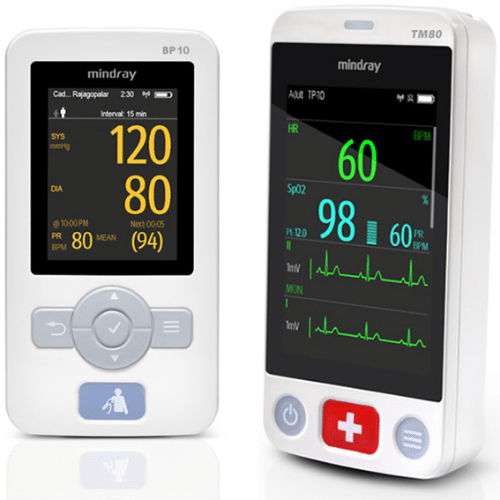
In the field of cardiology, monitoring heart function is a critical component in managing cardiovascular disease.
The development of new technology has expanded the ways in which this monitoring can be performed. This has led to the emergence of two distinct forms of monitoring: telemetry monitoring and cardiac monitoring. While these two forms of monitoring share some similarities, there are key differences.
They assist the healthcare giver select the most appropriate monitoring method for a given patient.
Cardiac monitoring and telemetry monitoring are two commonly used methods for assessing the heart's function and detecting abnormalities in patients.
While both methods involve monitoring the heart's activity, there are key differences between the two. This article will discuss the differences between cardiac monitoring and telemetry monitoring.
Cardiac monitoring involves the use of a more traditional electrocardiogram (ECG) machine. The ECG measures the electrical activity of the heart using electrodes placed on the patient's skin.
This method is often used to diagnose and monitor heart conditions such as arrhythmias, heart attacks, and heart failure. Cardiac monitoring can be done in a hospital setting, or patients can use portable monitors to record their heart's activity over a longer period.
Telemetry monitoring, on the other hand, is a form of remote cardiac monitoring that allows healthcare professionals to monitor a patient's heart activity from a distance.
Telemetry monitoring involves using wireless technology to transmit the patient's heart rhythm data to a central monitoring station, where healthcare professionals can review the data and detect any abnormalities.
This method is commonly used in intensive care units, where patients require continuous monitoring.
One of the main differences between cardiac monitoring and telemetry monitoring is the level of monitoring that they provide. Cardiac monitoring involves continuous monitoring of a patient's heart activity, but this is typically limited to the duration of the monitoring session.
In contrast, telemetry monitoring provides continuous monitoring of a patient's heart activity over a longer period, allowing healthcare professionals to detect changes in the patient's heart function that may not be immediately apparent during a shorter monitoring session.
Another difference between cardiac monitoring and telemetry monitoring is the level of convenience for the patient. Cardiac monitoring requires patients to wear electrodes on their skin, which can be uncomfortable and limit their mobility.
Telemetry monitoring, on the other hand, does not require the patient to wear any equipment and can be done remotely, allowing patients to move around and go about their daily activities.
There are also differences in the cost and availability of cardiac monitoring and telemetry monitoring. Cardiac monitoring can be done in a hospital setting, but this can be expensive and may not be covered by insurance.
Portable monitors for cardiac monitoring can be more affordable, but they may not be available in all healthcare settings. Telemetry monitoring, on the other hand, is becoming increasingly common in hospitals and it may be covered by insurance.
In summary, cardiac and telemetry monitoring assesses the heart's function and detects abnormalities in patients. While both methods involve monitoring the heart's activity, there are notable key differences.
Cardiac monitoring involves measuring the heart's electrical activity using electrodes placed on the patient's skin, while telemetry monitoring is a form of remote cardiac monitoring.
Both techniques allow healthcare professionals to monitor a patient's heart activity but the difference is the distance. The level of monitoring, convenience for the patient, and cost and availability of the two methods differ.
This makes it important for healthcare professionals to consider these factors when selecting a monitoring method for their patients.